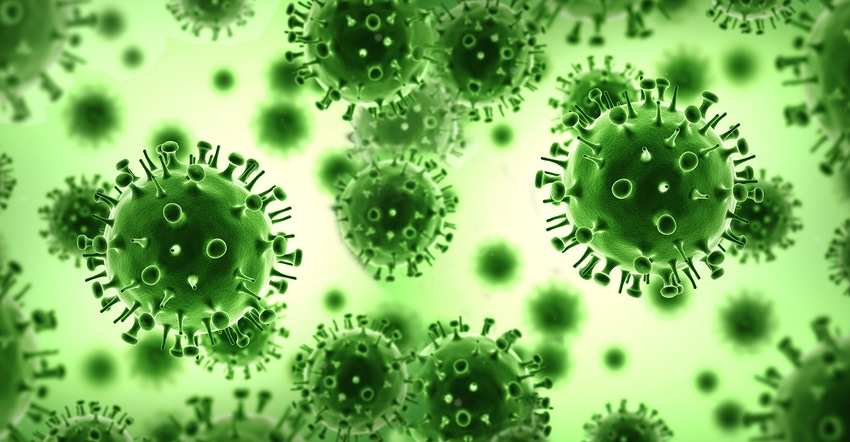Low humidity of winter reduces resistance to influenza, Yale researchers say
Studying mice, researchers found that bodies in low ambient humidity are more susceptible to the flu virus and suffer more severe symptoms.

Around the world, about half a million people die of influenza each year. Most outbreaks occur during the winter months in each hemisphere, for a variety of reasons. Researchers from Yale set out to determine if the body’s response to the virus differed in low ambient humidity compared with average humidity.
Summary: When exposed to influenza, mice in low humidity environments became sicker than those in normal humidity. Their bodies’ reactions to the virus were impaired, leading to more severe weight loss and quicker deaths.
The study: Mice that were genetically modified to have a human-like resistance to viral infections were kept in chambers of low humidity (10% or 20%) or average humidity (50%) for several days, then exposed to the influenza A virus. Researchers then studied the mice’s temperature, weight, viral load and other physical reactions to the virus and compared the findings among the three groups.
The findings: Dry air impairs the ability of cilia to clear the trachea of pathogens and debris; reduces the body’s ability to fight the viral infection; and inhibits the mechanism that repairs tissue damaged by the virus. The infected mice in low humidity lost weight more rapidly and did not survive as long as those in the normal humidity group.
The study’s authors also noted that the body’s reaction to dehydration, as well as the buildup of pathogens in respiratory tract, could negatively affect its ability to fight the infection. However, more study is needed to determine why dry air impairs the antiviral response.
Study conclusions: Because low relative humidity made the mice less capable of fighting the influenza A virus, they were more likely to die than mice in normal relative humidity. The study specifically shows the impact of low humidity on the mechanics of the immune system and might explain the correlation of lower absolute humidity and the increase in flu-related deaths.
“Our study suggests that increasing ambient humidity may be a viable strategy to reduce disease symptoms and to promote more rapid recovery in influenza-infected individuals,” the authors wrote.
Why the research is interesting: Influenza is prevalent in the United States, despite widespread recommendations for residents to be immunized. A 2018 study published in the journal Vaccine updated the economic impact of the virus, finding that healthcare costs as well as indirect costs such as absenteeism cost an average of $11.2 billion a year.
The Centers for Disease Control and Prevention estimates that from the 2010-2011 flu season through the 2017-2018 flu season, annual hospitalizations ranged from 140,000 to 960,000 and annual deaths from 12,000 to 79,000. The 2017-2018 flu season was the worst season included in the report.
Points to consider: Humidity doesn’t affect immune responses universally, as the influenza A virus thrives in wet, warm regions such as tropical and subtropical climates. More studies are needed to determine the reasons for the differences.
Authors: Akiko Iwasaki, professor of immunology and molecular, cellular and developmental biology, Yale University School of Medicine, and investigator, Howard Hughes Medical Institute; Eriko Kudo, postdoctoral associate, department of immunobiology, Yale University School of Medicine; and Dr. Robert J. Homer, professor of pathology, director of thoracic pathology and director of medical studies for pathology at Yale University School of Medicine. Other authors are research associate Tasfia Rakib and graduate students Eric Song, Laura J. Yockey and Patrick W. Wong.
Published: Low ambient humidity impairs barrier function and innate resistance against influenza infection was published May 13 in the journal Proceedings of the National Academy of the United States of America.
Related reading:
Immunity update: Flu season reverberations change category
Vitamin D study shows benefit against colds and flu
About the Author(s)
You May Also Like




